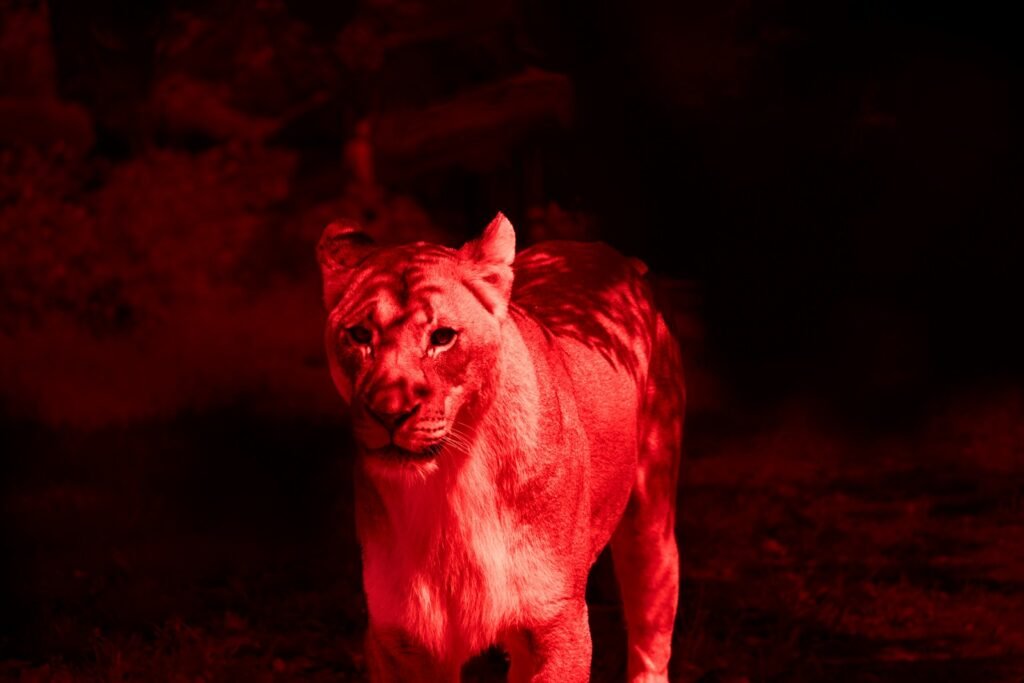Imagine a world where mountains are made of diamonds and rivers flow with liquid carbon. It sounds like something from a fantasy novel, but there’s actually a planet out there in space that might be exactly that incredible. We’re talking about a real celestial body that has captured the imagination of astronomers and space enthusiasts alike, where the ground beneath your feet would quite literally be paved with one of Earth’s most precious gemstones.
The Discovery That Shocked Astronomers

Back in 2004, astronomers made an incredible discovery that would change our understanding of planetary composition forever. They found 55 Cancri e, the first super-Earth discovered around a main sequence star. This extraordinary world sits about 40 light-years away from Earth in the constellation Cancer, orbiting a star that’s actually visible to the naked eye in our night sky.
What makes this discovery even more remarkable is that it wasn’t found by chance. Scientists detected this planet by carefully measuring tiny variations in its star’s radial velocity, using sensitive measurements of the Doppler shift in the star’s light spectrum. Think of it like listening for the subtle wobble in a dancer’s movement to know there’s an invisible partner spinning around them.
Why Scientists Believe It’s Made of Diamond
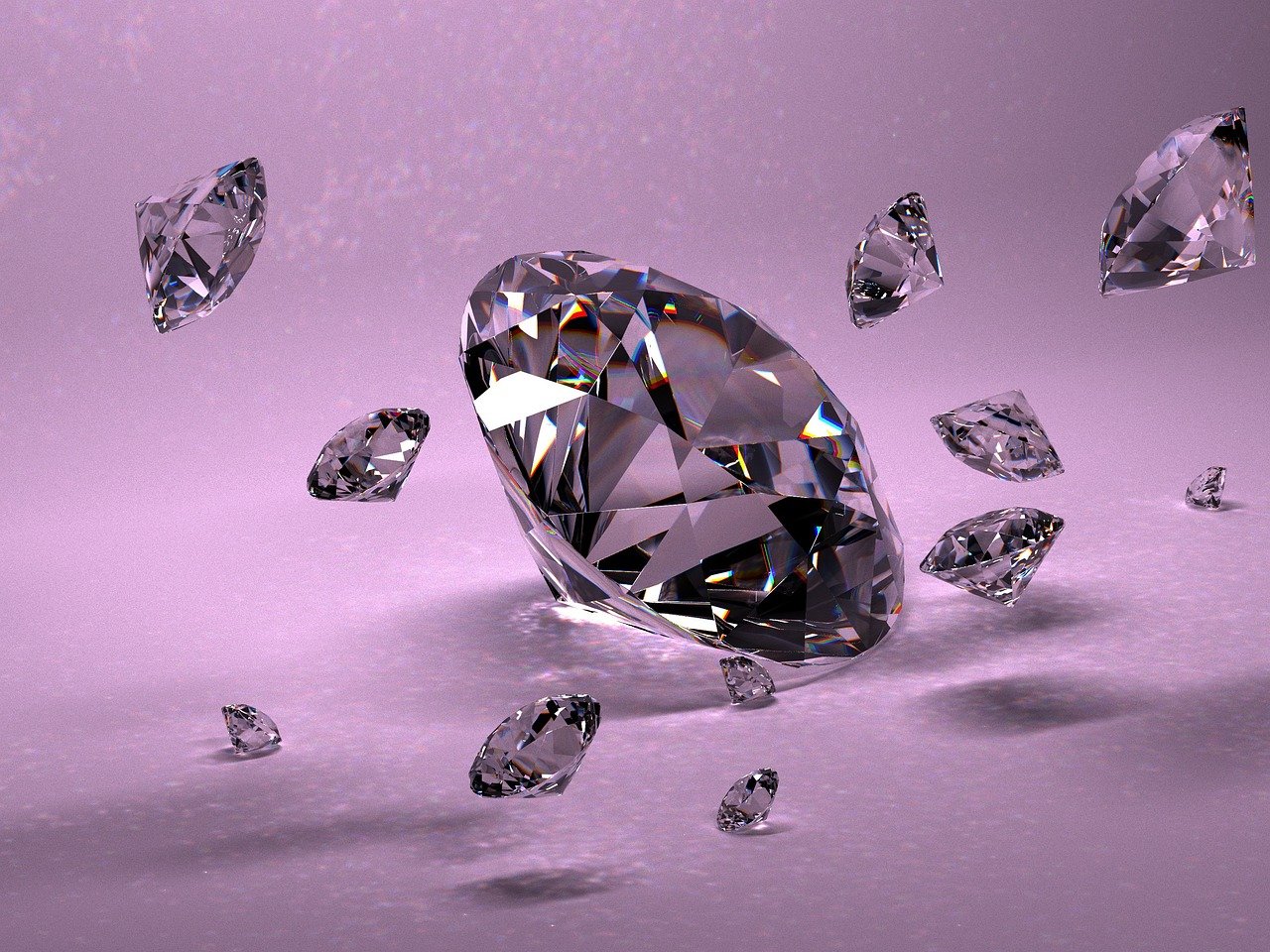
New research suggests this planet has no water at all and appears to be composed primarily of carbon in the form of graphite and diamond, with scientists estimating that at least a third of the planet’s mass could be pure diamond. That’s roughly equivalent to about three Earth masses worth of diamonds. The temperatures and pressures in the planet’s interior create perfect conditions for carbon to compress into diamond form.
The theory gained strength when astronomers discovered that 55 Cancri e’s parent star is abundant in carbon – much more so than our Sun. If the star and its surrounding planets formed from the same primordial disk of material, it makes sense that the entire planetary system would be carbon-rich.
A World of Extreme Conditions
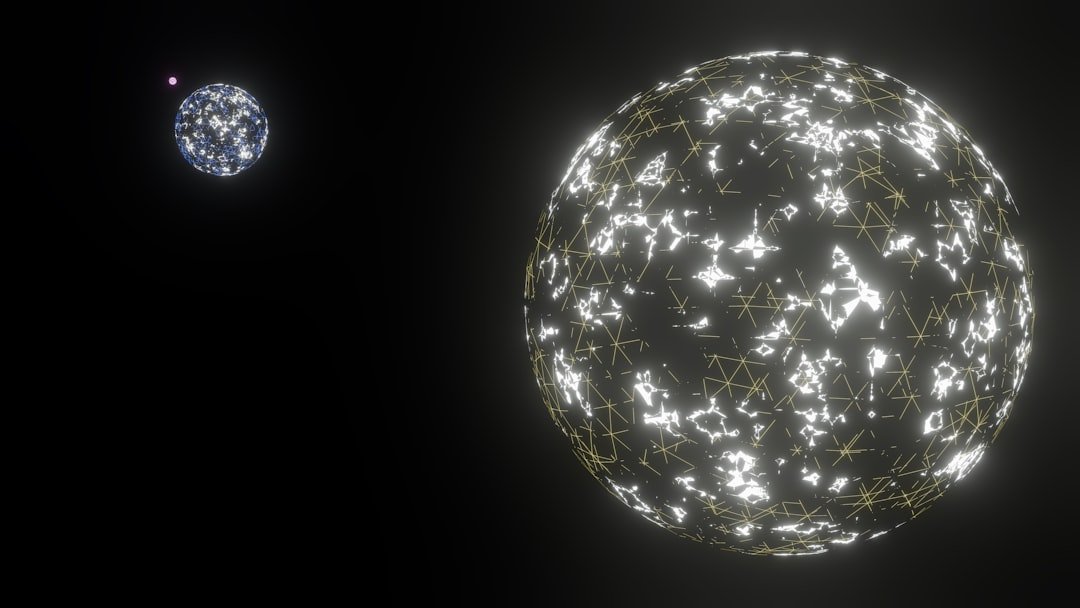
This diamond planet completes one full orbit around its star in less than 18 hours, making its “year” shorter than a single day on Earth. Surface temperatures reach an uninhabitable 3,900 degrees Fahrenheit, which along with carbon, creates perfect conditions for diamond formation. The planet is almost certainly tidally locked, meaning one side permanently faces its star while the other remains in eternal darkness.
The dayside of this world experiences temperatures hot enough to melt iron, while the nightside still remains scorching by Earth standards. Recent infrared mapping found average day-side temperatures of 2,700 K and night-side temperatures around 1,380 K. It’s like having one side of the planet in a cosmic furnace while the other bakes in an eternal oven.
The Structure of a Diamond World
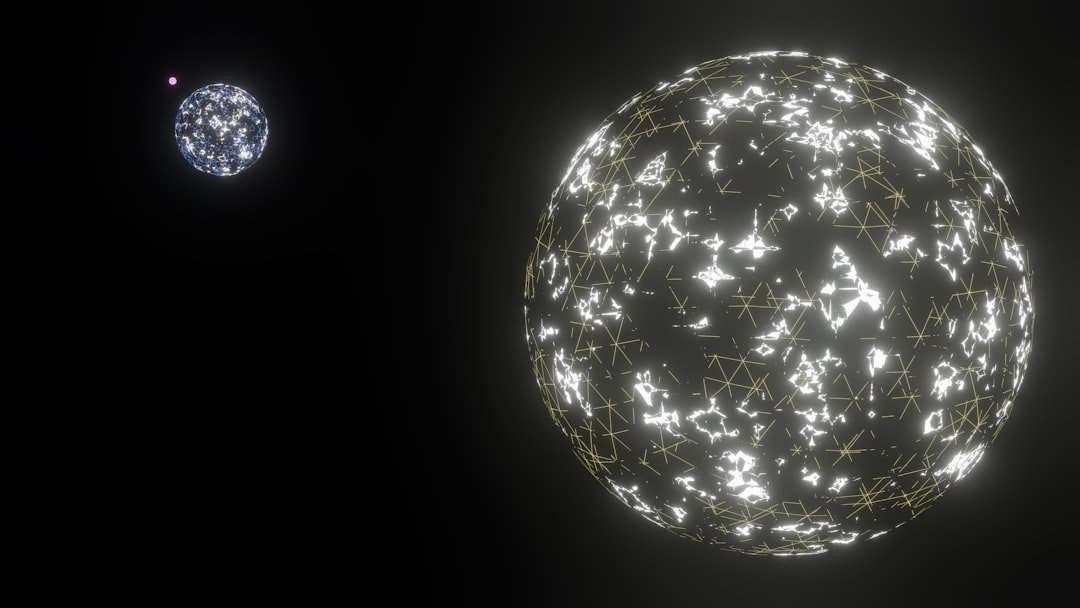
Scientists envision this planet’s interior as having an extremely hot surface of mostly graphite surrounding a thick layer of diamond, below which lies a layer of silicon-based minerals and a molten iron core at the center. Above the iron core would be layers of molten silicon carbide and titanium carbide, topped by carbon in the form of graphite, possibly with kilometers-thick layers of diamond underneath.
During volcanic eruptions on such a world, diamonds from the interior could potentially come up to the surface, creating mountains of diamonds and silicon carbides. The very idea challenges everything we know about planetary geology and makes Earth’s diamond mines seem utterly insignificant by comparison.
How Carbon Planets Form
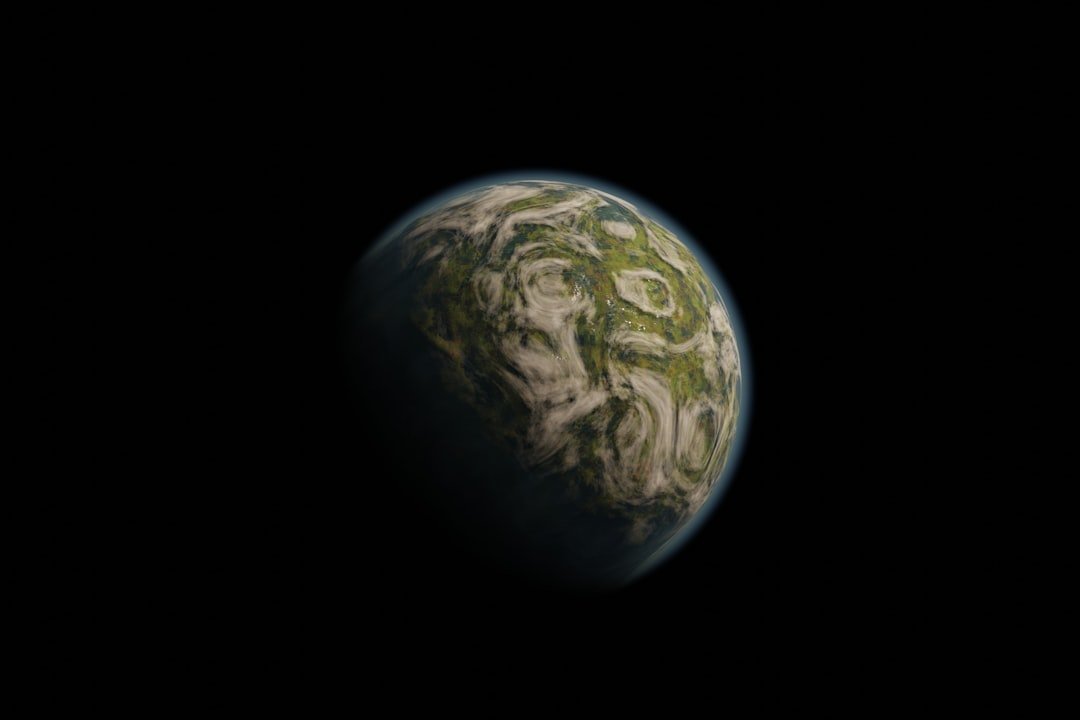
Carbon planets like 55 Cancri e can form when protoplanetary discs are carbon-rich and oxygen-poor, developing very differently from Earth, Mars, and Venus, which are composed mostly of silicon-oxygen compounds. Different planetary systems have varying carbon-to-oxygen ratios, with our Solar System’s terrestrial planets being more like “oxygen planets” with a C/O molar ratio of 0.55.
Carbon planets might also be more common near the Galactic Center or globular clusters, where stars have higher carbon-to-oxygen ratios than our Sun. When old stars die, they release large quantities of carbon, and as more generations of stars end their lives, the concentration of carbon increases throughout the galaxy.
Recent Breakthrough Observations
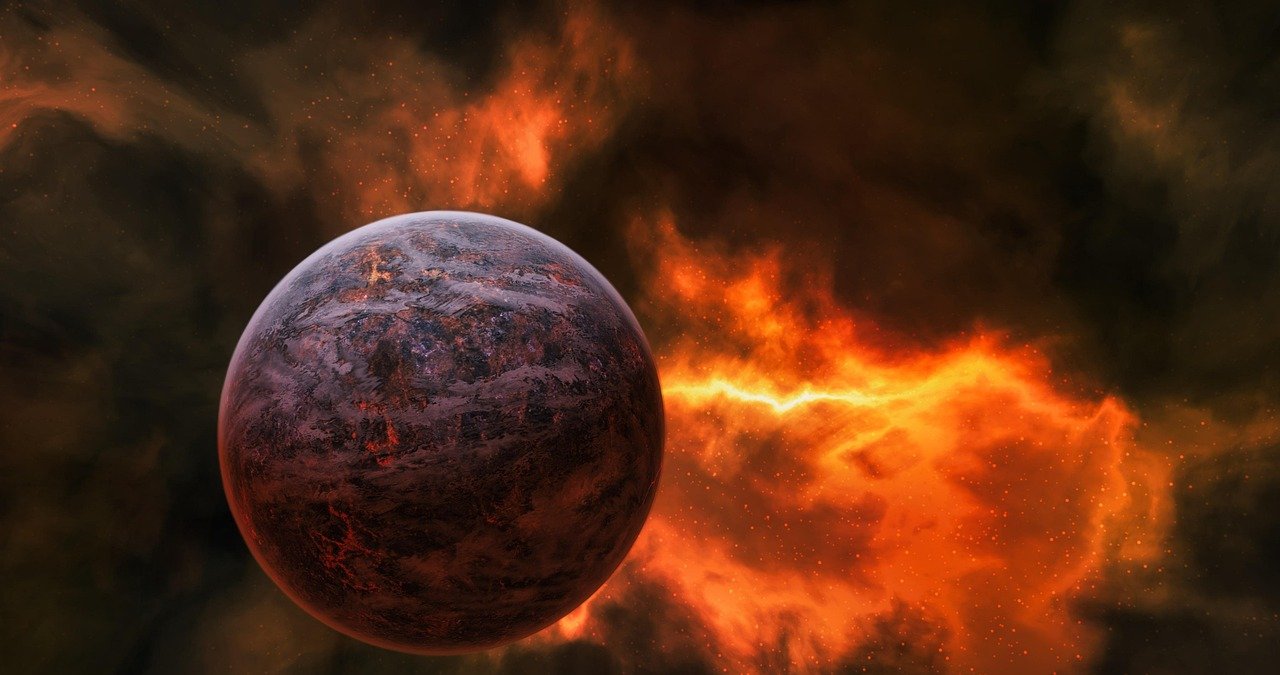
The James Webb Space Telescope’s recent observations using its NIRCam and MIRI instruments suggest that 55 Cancri e may be surrounded by an atmosphere rich in carbon dioxide or carbon monoxide. These measurements rule out the scenario where the planet is simply a lava world shrouded by vaporized rock, and indicate a genuine volatile atmosphere that can be outgassed from and sustained by a magma ocean.
The latest JWST observations indicate possible absorption features from CO2 or CO and show significant variability over periods of just weeks. This suggests that the planet’s atmosphere is dynamic and possibly interacting with an underlying ocean of molten rock, making it even more fascinating than initially thought.
The Debate Among Scientists
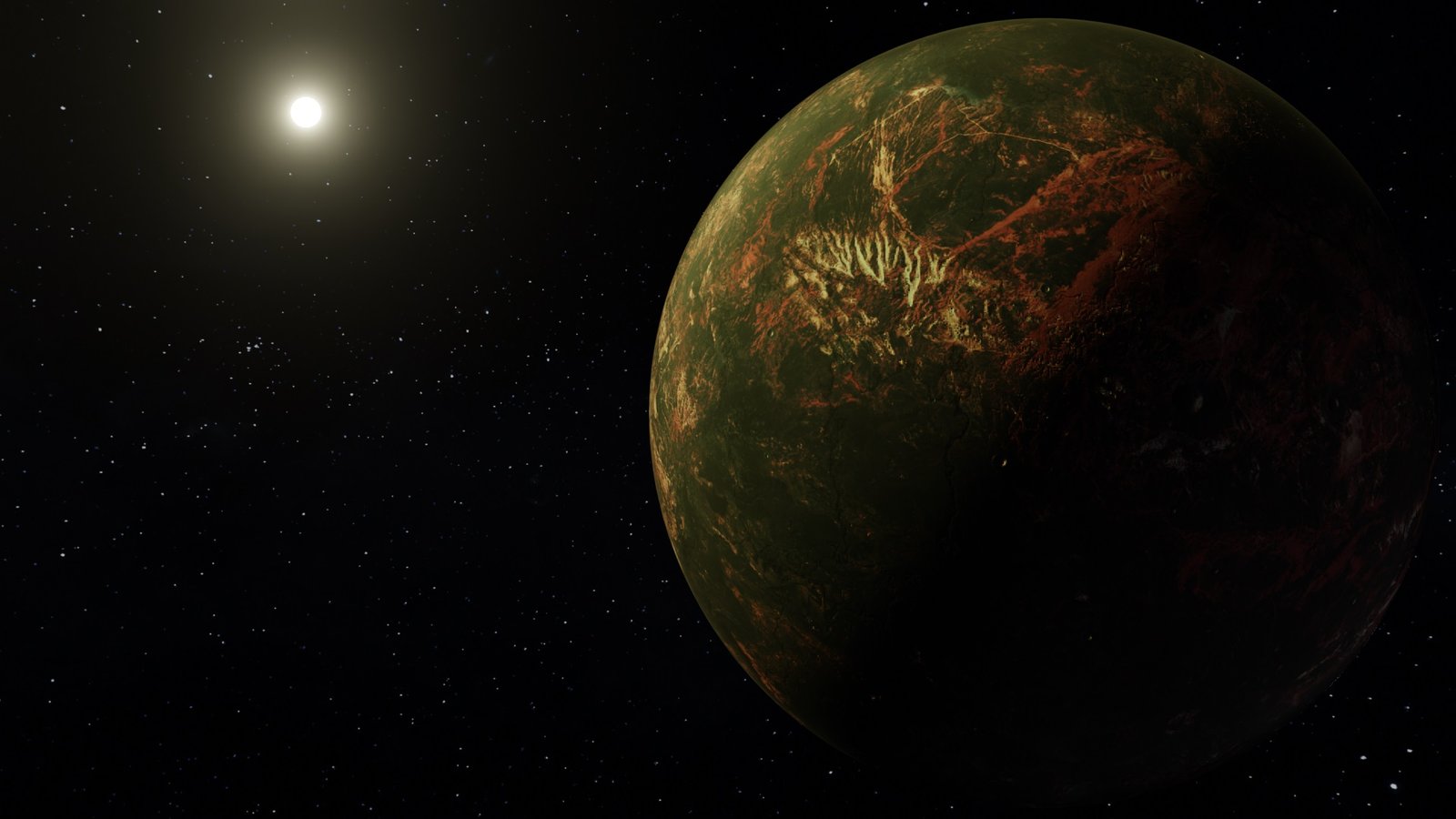
Not all scientists are convinced about the diamond planet theory. Some research suggests that the host star contains about 25 percent more oxygen than carbon, which would make the diamond composition less likely. A 2013 study challenged the diamond planet idea, finding that the parent star is cooler than the Sun with more metals, and that previous analysis of the star’s spectrum may have contained errors.
The scientific community continues to debate the exact composition, with some researchers arguing that the assumptions about stellar and planetary chemistry may be more complex than originally thought. However, the diamond planet hypothesis remains one of the most compelling explanations for this unusual world’s properties.
What This Means for Our Understanding of Planets
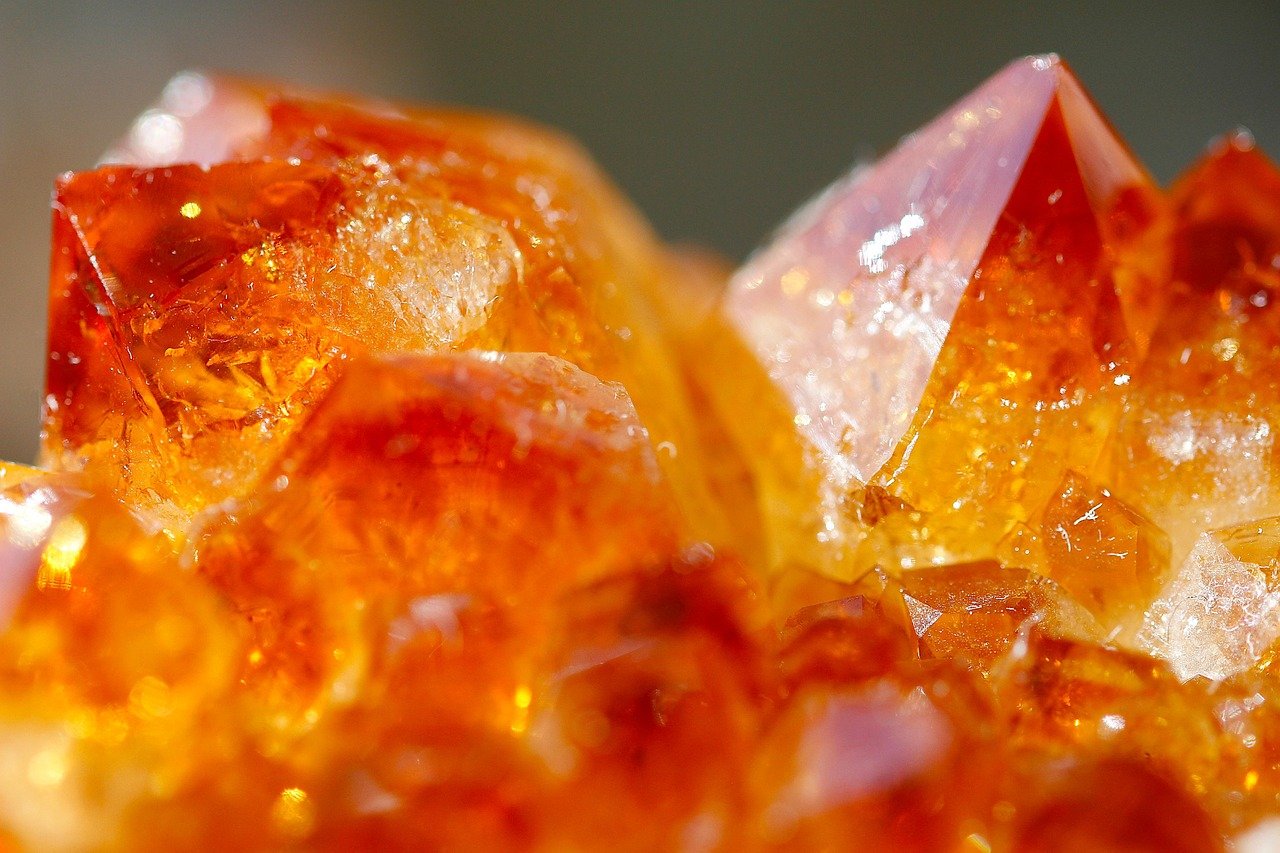
The identification of a carbon-rich super-Earth means that distant rocky planets can no longer be assumed to have chemical compositions, interiors, atmospheres, or even potential for biology similar to Earth. Princeton astronomer David Spergel believes this discovery probably represents the first of a whole new class of planets whose chemistry has never been encountered before.
While 55 Cancri e is far too hot to be habitable, researchers think it could provide a unique window for studying interactions between atmospheres, surfaces, and interiors of rocky planets, and perhaps offer insights into the early conditions of Earth, Venus, and Mars, which may have been covered in magma oceans long ago.
Conclusion
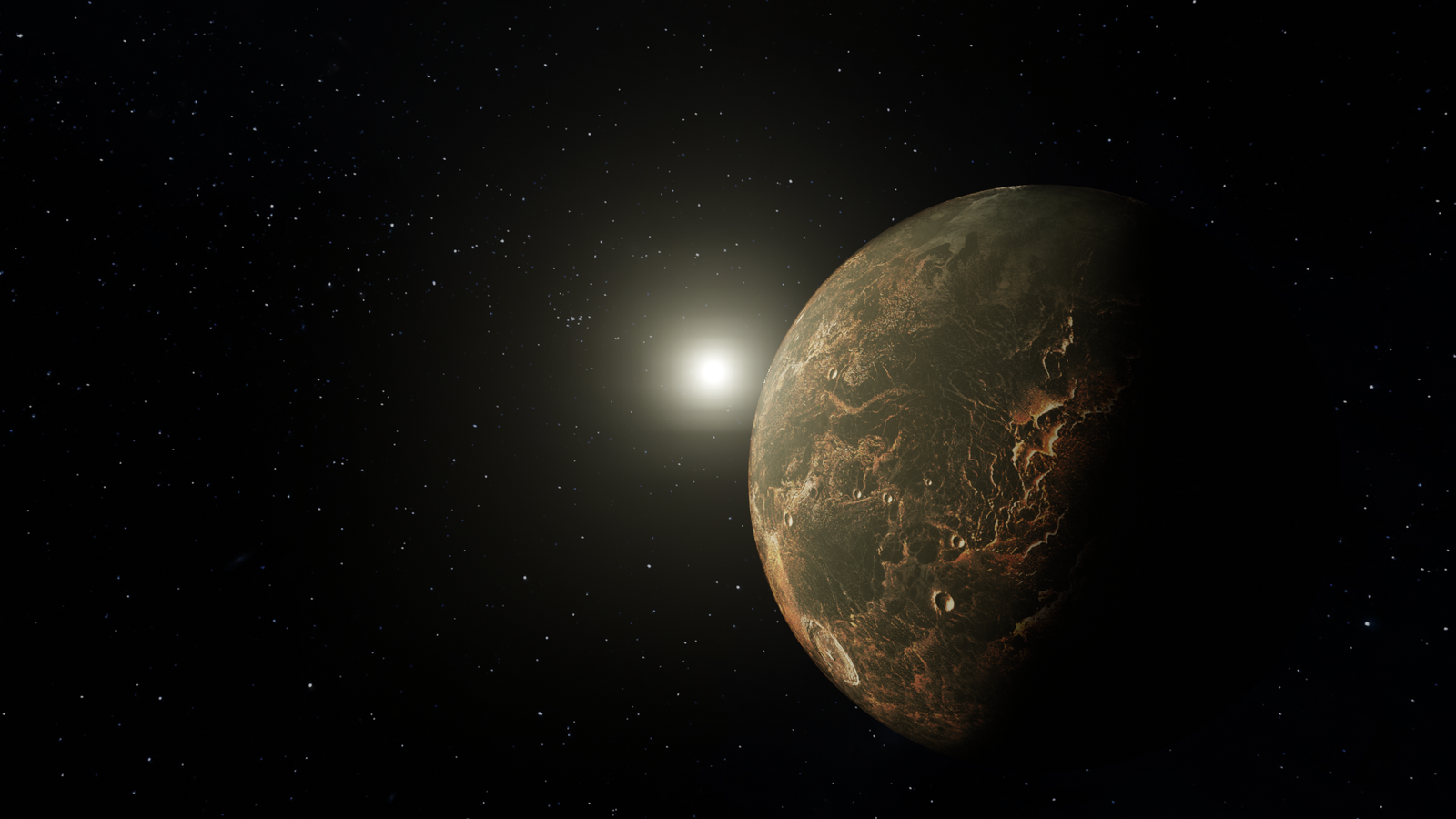
The existence of 55 Cancri e fundamentally challenges our assumptions about planetary formation and composition. This diamond world, with its extreme temperatures and carbon-rich structure, opens our eyes to the incredible diversity of planets that exist beyond our solar system. While we may never be able to visit this glittering inferno, its discovery reminds us that the universe is far stranger and more wonderful than we ever imagined.
From a world where diamonds form the very bedrock to the possibility of carbon-based weather systems, 55 Cancri e represents a cosmic treasure that’s simultaneously beautiful and utterly inhospitable. Makes you wonder what other impossible worlds are out there waiting to be discovered, doesn’t it?




